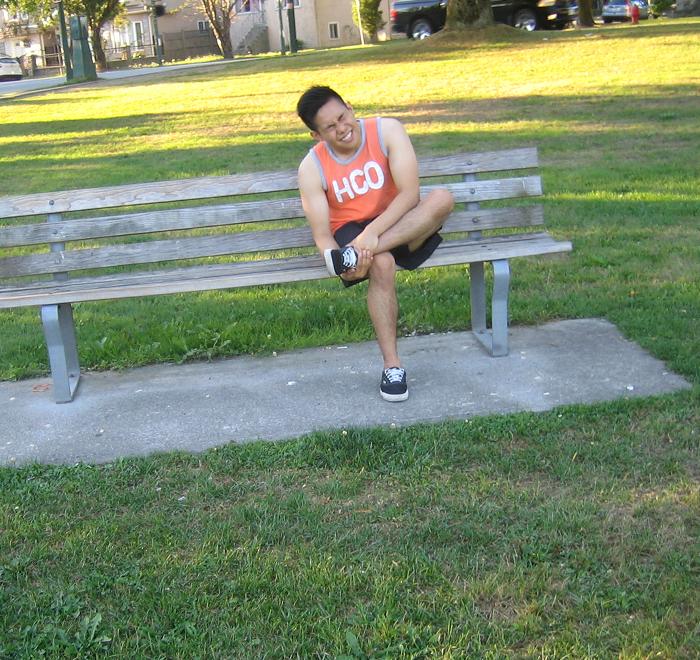A stress fracture is a small crack in a bone which is usually caused by the repetitive forces usually by overuse such as repeatedly performing jumping up and down movements or running long distances. A stress fracture can develop from normal use of bone that becomes weakened by certain conditions such as osteoporosis.
The fracture is likely to occur in the weight-bearing bones of the lower leg and foot. People playing tract and field are susceptible to a stress fracture on foot but anyone can also be affected.
Stress fractures of the foot happens mostly in the 2nd and 3rd metatarsals in the foot which are thin and longer than the adjacent metatarsals. This is the area of the foot when a strong force is placed when running and walking. A fracture can also happen in the calcaneous heel, fibula which is the outer bone of the lower and ankle, talus or small bone in the joint of the ankle and the navicular.
Causes of a stress fracture of the foot
- A sudden increase in activity such as performing excessive exercises in a week, running long distances, walking excessively on uneven surfaces and wearing a new style of footwear which lessens the ability of the foot to absorb repetitive forces and leads to a stress fracture.
- Suffering from bone conditions such as osteoporosis.
- Poor conditioning of the body
- Using incorrect techniques when performing activities
A sudden increase in activity such as performing excessive exercises in a week, running long distances, walking excessively on uneven surfaces - Changes in the training surface or playing surface increases the risk of developing a fracture in the foot.
- Wearing worn out or flimsy shoes that are not capable of absorbing shock
Symptoms
- Pain that lessens with rest
- Swelling on top of the foot or outside of the ankle
- Pain that becomes worse during normal daily activities
- Tenderness of the affected area
- Bruising of the area
Treatment
- Take plenty of rest and avoid activities that place weight on the foot. Wear densely-soled cork sandals and avoid wearing slippers.
- Seek medical advice on using crutches or boots. Crutches are necessary for the healing of the area and lessens the weight on the foot. Healing usually takes place during sleeping.
- Apply an ice pack immediately after the injury to minimize swelling. Use cold packs and wrap it in a towel and place on the affected area for at least 20 minutes at a time several times throughout the day. Avoid placing the ice pack straight on the skin without covering to prevent frostbite.
- Compress the affected area using a soft bandage to minimize the swelling.
- Elevate the affected foot as often as possible above the level of the heart.
- Take over-the-counter non-steroidal anti-inflammatory drugs such as ibuprofen and naproxen to lessen the pain and swelling.
FACT CHECK
https://www.healthline.com/health/hairline-fracture
https://www.mayoclinic.org/diseases-conditions/stress-fractures/symptoms-causes/syc-20354057
https://orthoinfo.aaos.org/en/diseases–conditions/stress-fractures-of-the-foot-and-ankle/


